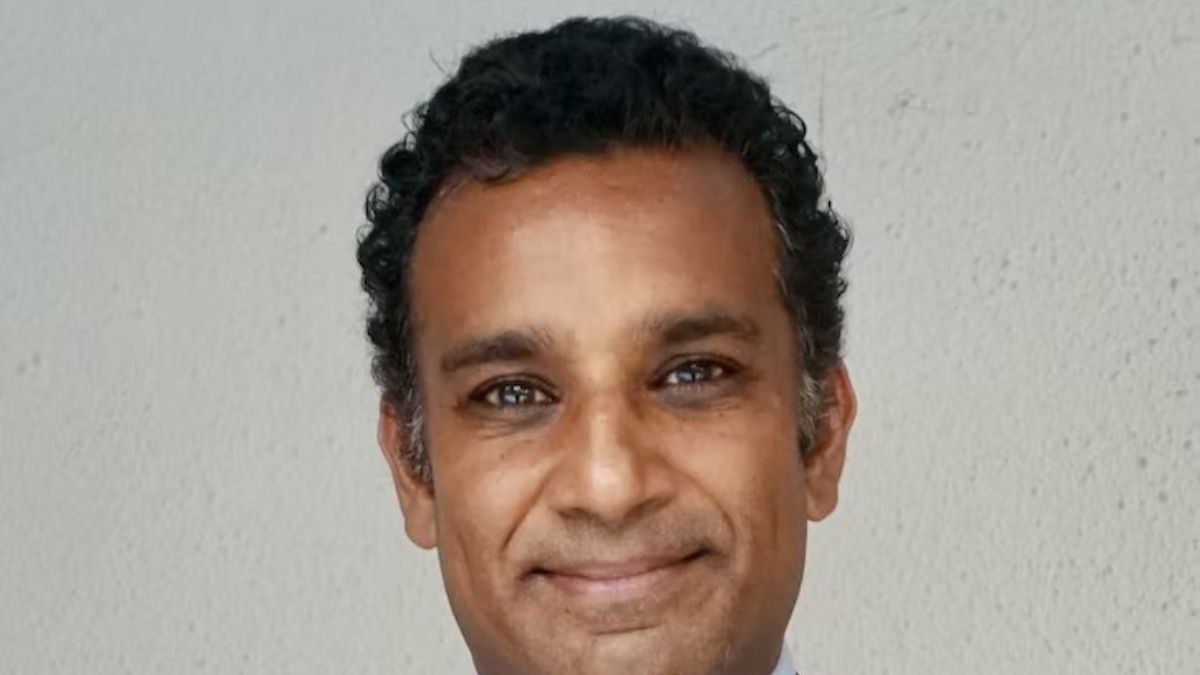Malaria cases in India are consistently decreasing with a 45 percent drop in 2020 and 13 percent in 2021, making it the only high-burden country in the Asia Pacific region reporting progress, said the chief of the top international body to eliminate malaria from the region.
India’s vision of eliminating malaria can be realised effectively by the given deadline, as per Dr Sarthak Das, chief executive officer, Asia Pacific Leaders Malaria Alliance (APLMA) – an affiliation of 22 Asian and Pacific heads of government formed to eliminate malaria in the region by 2030. In 2015, at the East Asia Summit held in Malaysia, Prime Minister Narendra Modi was among 18 global leaders who pledged to eliminate malaria by 2030.
Das, a former research scientist at Harvard TH Chan School of Public Health, said the expertise and experience demonstrated by India with the polio elimination campaign show that the country can meet the challenge to eliminate malaria as well.
He hailed the efforts made by the central government in improving healthcare parameters on several fronts. Over a short span, India has registered “incredible progress” to improve health systems, he said. “While neonatal mortality dropped by over half since 2000, child vaccination rates went up to 85 percent in 2021. The death rate from HIV and AIDS has seen a five-fold decrease in the last decade whereas the country has also been polio-free for 12 years.”
The malaria-free certification process will commence in 2027 to reach the 2030 goal. The APLMA claims to translate evidence to advocate for policy change at the highest levels of government and supports leadership collaboration across the region.
Status of malaria in Asia Pacific region
A public health scientist, Das said while the Asia Pacific region only accounted for about 1 to 3 percent of the global malaria burden, the progress was uneven. “Asia Pacific is also faced with a very localised epidemic across the region – more than 90 percent of malaria is in just five countries: India, Indonesia, Pakistan, Afghanistan, and Papua New Guinea,” he said.
He added: “India is the only high-burden country in the region that has continued to make steady progress in reducing malaria cases by 45 percent in 2020 and 13 percent in 2021, even during the height of the Covid-19 pandemic.”
Das further said the current situation of malaria in India was considerably better than it once was. “Historically, malaria dropped from 10 crore cases in the early 20th century to 1,00,000 in India by 1965, after which progress declined,” he said.
Challenges in India
To reach the end game for malaria in India, three factors, in particular, are critical, Das said. He believes that an intensified focus on rural and remote sub-regional pockets, where the burden remains high, is of vital importance.
There are five states in India where malaria cases are particularly concentrated – Chhattisgarh, Odisha, Jharkhand, Mizoram and Tripura. Although India’s tribals only represent approximately 8.6 percent of the country’s population, they account for almost two-thirds of malaria cases.
Many of these communities are incredibly remote, hard to reach even by road, and are often surrounded by dense forest – a perfect environment for mosquitoes and malaria. “But we know reaching these communities is not completely impossible,” he said while mentioning two initiatives from Madhya Pradesh and Odisha that have yielded positive results in recent years.
Second, he said, we must continue embracing a whole-of-government approach. “Malaria cannot be eliminated through the health sector alone. Ministries including environment, forest, finance, tribal affairs, external affairs and agriculture are all crucial to the task of eliminating malaria.”
“The commitment of Prime Minister Modi is all the more significant in this regard. Other countries that have successfully eliminated malaria have embraced such an approach,” he added.
Third, he said, there must be a sufficient and efficient allocation of resources, technical or financial, at the national, state and district levels.
Vaccine against malaria major breakthrough
There are two important advancements in the development of new tools but both are not currently silver bullets that will eradicate malaria, Das said. “The RTS,S vaccine – 30 years in the making – is indeed a major breakthrough,” he said.
RTS,S provides about 40 to 50 percent efficacy against one of the deadly malaria parasites – Plasmodium falciparum – which is predominant in sub-Saharan Africa. It is the only vaccine that has been endorsed by the WHO and has, to date, reached more than 1.3 million children in three African countries.
“A second vaccine, R21, is showing great promise. A study, also in Africa (Burkina Faso), showed three doses of the vaccine plus a booster after 12 months was up to 80 percent effective at preventing infection,” he said.
The vaccine has recently completed Phase-III clinical trials. However, in Asia Pacific as a whole, there is considerable diversity in malaria – with regard to parasites and vectors as well as the emergence of drug resistance – which complicates efforts.
“There is no one-size-fits-all approach,” he said. “We must continue to develop, scale up and deploy more effective malaria interventions and accelerate the development of new technologies to protect us from all strains of malaria.”
Read all the Latest India News here


